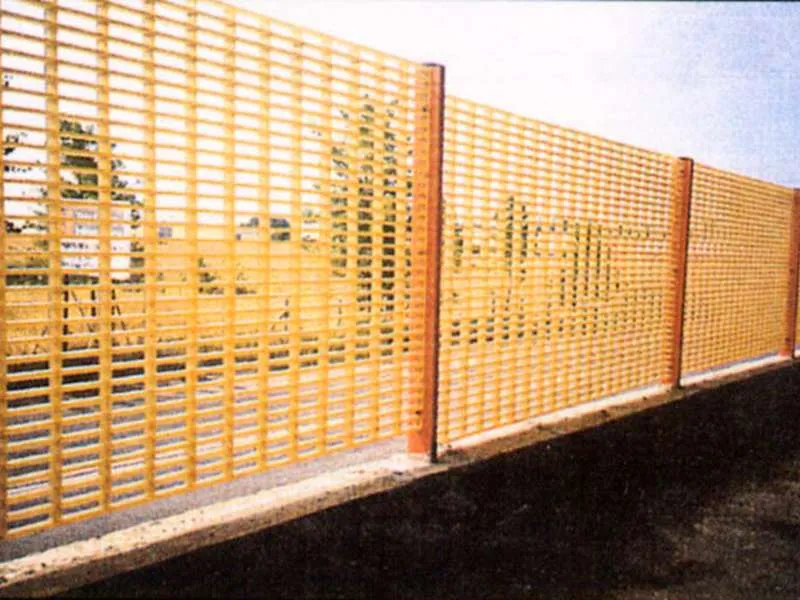
-
 Afrikaans
Afrikaans -
 Albanian
Albanian -
 Amharic
Amharic -
 Arabic
Arabic -
 Armenian
Armenian -
 Azerbaijani
Azerbaijani -
 Basque
Basque -
 Belarusian
Belarusian -
 Bengali
Bengali -
 Bosnian
Bosnian -
 Bulgarian
Bulgarian -
 Catalan
Catalan -
 Cebuano
Cebuano -
 China
China -
 China (Taiwan)
China (Taiwan) -
 Corsican
Corsican -
 Croatian
Croatian -
 Czech
Czech -
 Danish
Danish -
 Dutch
Dutch -
 English
English -
 Esperanto
Esperanto -
 Estonian
Estonian -
 Finnish
Finnish -
 French
French -
 Frisian
Frisian -
 Galician
Galician -
 Georgian
Georgian -
 German
German -
 Greek
Greek -
 Gujarati
Gujarati -
 Haitian Creole
Haitian Creole -
 hausa
hausa -
 hawaiian
hawaiian -
 Hebrew
Hebrew -
 Hindi
Hindi -
 Miao
Miao -
 Hungarian
Hungarian -
 Icelandic
Icelandic -
 igbo
igbo -
 Indonesian
Indonesian -
 irish
irish -
 Italian
Italian -
 Japanese
Japanese -
 Javanese
Javanese -
 Kannada
Kannada -
 kazakh
kazakh -
 Khmer
Khmer -
 Rwandese
Rwandese -
 Korean
Korean -
 Kurdish
Kurdish -
 Kyrgyz
Kyrgyz -
 Lao
Lao -
 Latin
Latin -
 Latvian
Latvian -
 Lithuanian
Lithuanian -
 Luxembourgish
Luxembourgish -
 Macedonian
Macedonian -
 Malgashi
Malgashi -
 Malay
Malay -
 Malayalam
Malayalam -
 Maltese
Maltese -
 Maori
Maori -
 Marathi
Marathi -
 Mongolian
Mongolian -
 Myanmar
Myanmar -
 Nepali
Nepali -
 Norwegian
Norwegian -
 Norwegian
Norwegian -
 Occitan
Occitan -
 Pashto
Pashto -
 Persian
Persian -
 Polish
Polish -
 Portuguese
Portuguese -
 Punjabi
Punjabi -
 Romanian
Romanian -
 Russian
Russian -
 Samoan
Samoan -
 Scottish Gaelic
Scottish Gaelic -
 Serbian
Serbian -
 Sesotho
Sesotho -
 Shona
Shona -
 Sindhi
Sindhi -
 Sinhala
Sinhala -
 Slovak
Slovak -
 Slovenian
Slovenian -
 Somali
Somali -
 Spanish
Spanish -
 Sundanese
Sundanese -
 Swahili
Swahili -
 Swedish
Swedish -
 Tagalog
Tagalog -
 Tajik
Tajik -
 Tamil
Tamil -
 Tatar
Tatar -
 Telugu
Telugu -
 Thai
Thai -
 Turkish
Turkish -
 Turkmen
Turkmen -
 Ukrainian
Ukrainian -
 Urdu
Urdu -
 Uighur
Uighur -
 Uzbek
Uzbek -
 Vietnamese
Vietnamese -
 Welsh
Welsh -
 Bantu
Bantu -
 Yiddish
Yiddish -
 Yoruba
Yoruba -
 Zulu
Zulu
Durable and Efficient Solutions for FRP Chimney Design and Installation
The Importance of FRP Chimneys A Modern Solution for Industrial Emissions
In industrial settings, chimney emissions play a critical role in determining the environmental impact of operations. Traditional chimney construction materials, like brick and concrete, have long been used due to their durability. However, advancements in technology have led to the adoption of fiberglass reinforced plastic (FRP) as a material for chimney construction. FRP chimneys are becoming increasingly popular due to their numerous advantages in various industrial applications.
One of the most significant benefits of FRP chimneys is their superb resistance to corrosion. Industrial facilities often deal with highly corrosive gases and byproducts, especially in chemical manufacturing and waste incineration processes. Conventional materials can degrade over time when exposed to these substances, leading to costly repairs and potential environmental hazards. FRP, with its reinforced plastic composition, is inherently resistant to these corrosive agents, offering an extended lifespan and lower maintenance costs.
The Importance of FRP Chimneys A Modern Solution for Industrial Emissions
Another notable feature of FRP chimneys is their excellent thermal insulation properties. Proper insulation is vital for ensuring that exhaust gases maintain an optimal temperature, which can affect the overall performance of emission control systems. With FRP, industries can maintain consistent temperatures in their chimney systems, leading to improved efficiency in gas treatment processes. This thermodynamic stability can also contribute to energy savings, further enhancing the overall sustainability of industrial operations.
frp chimney

The versatility of FRP chimneys is another factor driving their adoption in diverse industrial sectors. They can be tailored to various designs and specifications, accommodating a wide range of applications from power generation plants to chemical processing facilities. Manufacturers offer a variety of options, including different shapes, sizes, and colors, allowing companies to select a chimney that suits their specific operational needs and aesthetic preferences.
Environmental regulations are tightening globally, pushing companies to adopt more sustainable practices. With the ability to withstand harsh conditions and effectively manage emissions, FRP chimneys contribute to compliance with environmental standards. By implementing this advanced technology, industries not only mitigate their impact on the environment but also enhance their corporate image as responsible operators.
Moreover, the longevity of FRP chimneys translates to significant cost savings over time. Although the initial investment may be higher than traditional materials, the reduced maintenance and replacement needs result in lower total lifecycle costs. Industries can redirect these saved resources towards innovation and growth, ultimately benefiting their bottom line.
In conclusion, the adoption of fiberglass reinforced plastic chimneys represents a significant advancement in industrial emission management. Their corrosion resistance, lightweight nature, excellent thermal insulation, versatility, compliance with environmental regulations, and long-term cost-effectiveness make them a superior choice for modern industrial applications. As industries continue to navigate the challenges of sustainability and environmental stewardship, FRP chimneys provide a practical and efficient solution that aligns with both operational efficiency and corporate responsibility. It is clear that investing in FRP technology not only enhances emission management but also paves the way for a greener future.









